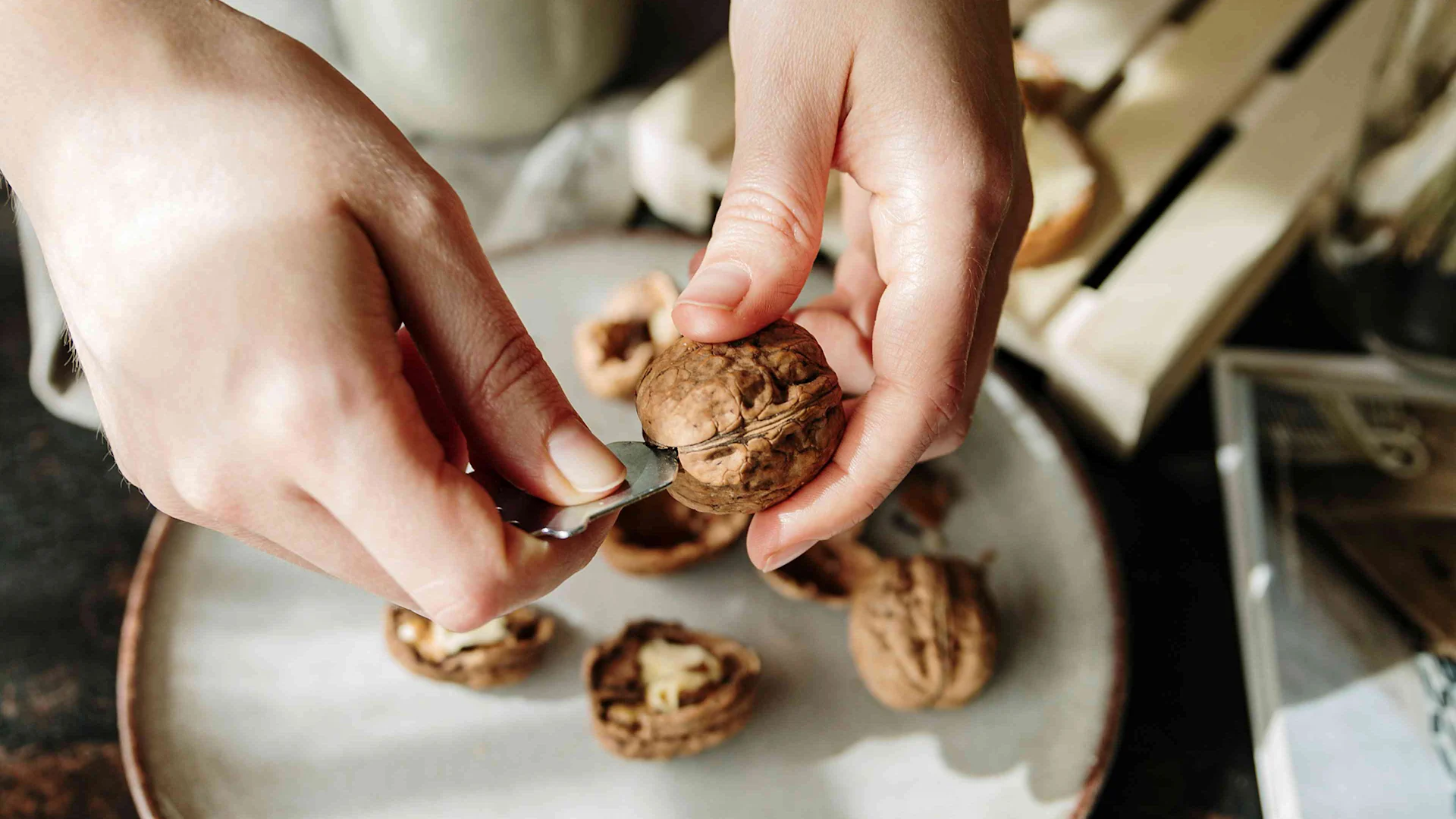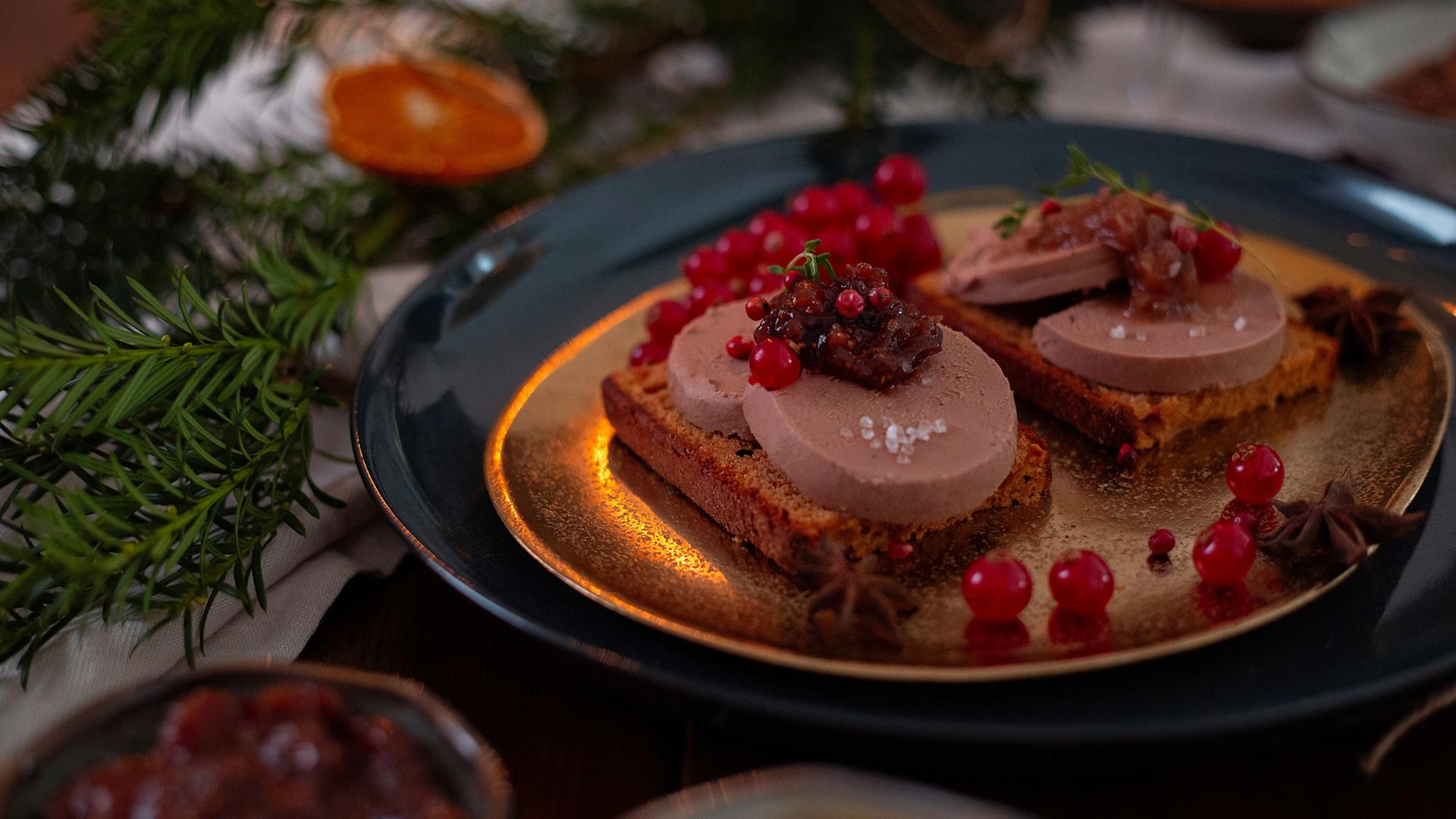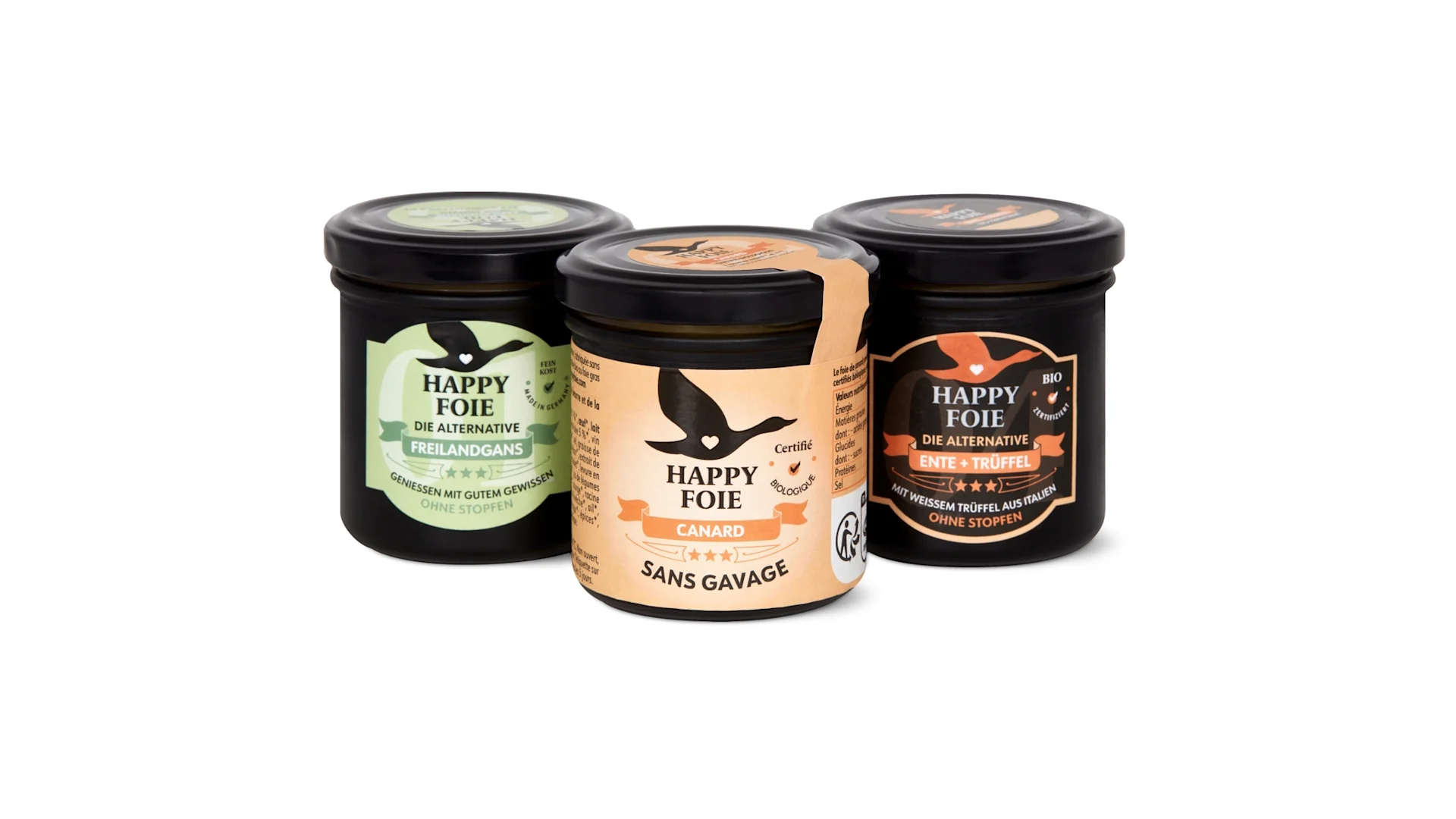
Sustainable products
How to crack nuts without a nutcracker
Got a bagful of nuts, but no nutcracker? With our hacks you won’t even need one!
navigation

A new kind of goose foie gras
Migros is now offering foie gras from geese that have not been cruelly force-fed. Tobias Sudhoff, who developed the method, explains how it works and why the foie gras tastes as good as the original.
Our ducks and geese grow up happily. We enrich the normal-size livers with animal and vegetable fats, only after the birds have been slaughtered, thus increasing the fat content by up to three times.
Indeed it does. Several blind tastings confirm that the taste of Happy Foie is just the same. Not just its bouquet, but the taste in the mouth is also on a par with the original. To achieve this, we replicate the melting properties of conventional foie gras - a highly complex process. Our staff have to ensure that the boiler's temperature is exactly right. This is the only way to achieve the unique melting texture, creaminess and fine, compact texture of foie gras.
It took two years to get there. When I started to develop the recipe in 2018, I was still head chef at a 1-star restaurant near Münster in North Rhine-Westphalia. Naturally, diners expected to see foie gras on the menu. But I really wanted to offer a cruelty-free foie gras.

Duck liver tastes a little stronger. Goose liver is somewhat finer and milder in taste. Demand for Happy Foie Duck is higher in French-speaking regions, where foie gras is traditionally associated with duck liver. In German-speaking countries, however, Happy Foie Goose is more popular. Both types can be served, prepared, and combined with other ingredients in exactly the same way – it is personal taste that is the deciding factor.
The duck liver comes from organic farms in the Alps in Upper Austria, while the goose liver is sourced from Brandenburg. The foie gras is processed in Saarbrücken. Our partner farms are delighted that we are able to use their livers for exclusive, high-quality culinary products.
Mainly people who love the taste and texture, but who could only eat foie gras with a guilty conscience. We also sell to the restaurant sector. In their concern for animal welfare, many chefs do not even include conventional foie gras on the menu, even though they have learned how to prepare it during their training. With Happy Foie, we offer them an alternative.
You can find out more about our commitment to a wide range of sustainable products in the stories.